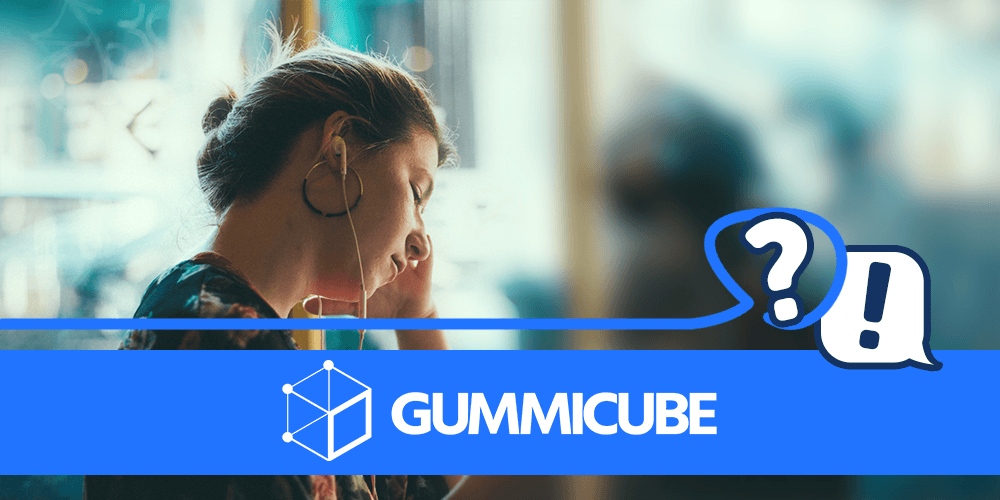
Posted on July 28th, 2018
Podcasts have become increasingly popular among listeners of all ages since Apple added podcasts to iTunes 4.9 in 2005. In fact, in 2018, 44% of Americans ages 12+ have listened to a podcast at some point, and roughly 26% have listened to one in the past month. Podcasts can reach a large audience of listeners and can be created by just about anyone. However, if you’re thinking about creating a podcast, there are some best practices to keep in mind to help get you started: 1. Know Where to Post Your Podcast While there are several streaming services that have loads of podcasts readily available, it’s important to note which service would help you gain the most subscribers. Currently, iTunes has cornered the market for podcast consumption with over 63.2% combined market share, split among the podcast app, iTunes desktop and third-parties. Despite the number of Android devices and users increasing year-over-year, there’s no denying that Apple has the podcast market covered. It’s important that podcasters still take the step in evaluating which streaming service will be best to host their podcast, but ultimately, iTunes is where they’ll get the most exposure.
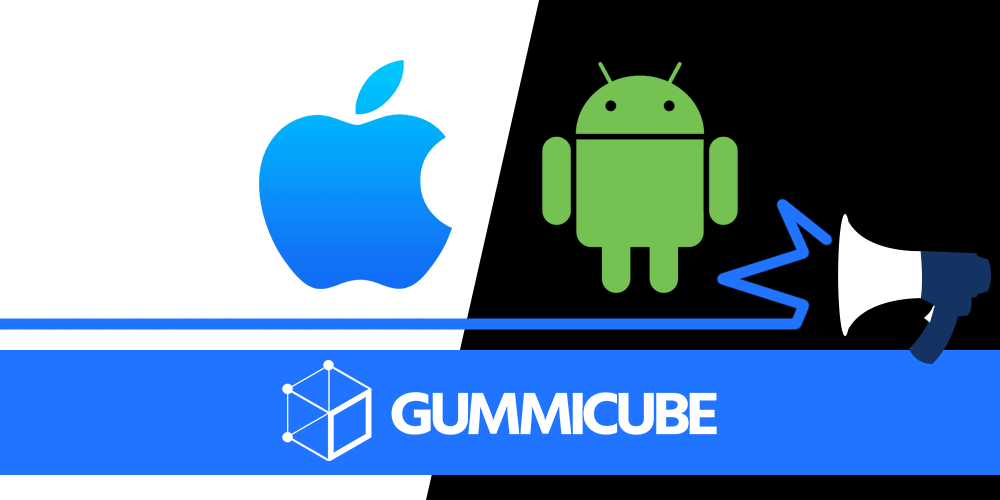
Posted on July 27th, 2018
We’re over half-way through 2018 and revenues are on the rise for the app economy. Between the two app stores, though, which one is seeing higher profits? More importantly, why? In the first half of the year, Apple’s App Store brought in nearly double the revenue of the Google Play Store, in spite of seeing fewer downloads overall. However, this is not bad news for Google Play by any extent (its own profits remain at a comfortable $11.8 billion), and there are several factors behind this gap. First and foremost, Android users can get apps from more than just the Google Play Store. While it is the most common storefront, the Samsung Store or Amazon Appstore also sell apps for Android devices, whereas iOS devices can only get their apps off of the Apple App Store. This discrepancy is particularly noteworthy in certain overseas markets. For instance, there are multiple stores selling Android apps, including Myapp, Huawei App Market and Xiaomi App Store. While Android users there outnumber iOS users significantly, this is not reflected in the Google Play Store’s sales numbers. Additionally, we need to look at the growth of each store. The app market continues to grow at a steady rate, although Google Play is seeing slightly more, at a 29% growth compared to Apple’s 26%. Apple’s lead over Google Play has been consistent. In 2017, Apple’s App Store brought in $38.5 billion, compared to Google Play’s $20.1 billion. The factors driving this division have remained mostly unchanged, although both stores are on track to surpass those earnings by the end of 2018. App profits are in part being driven by subscription-based services, such as Netflix and Pandora. However, mobile games remain responsible for the largest portion of revenue for both app stores, representing 78% of the total spent across the two. So, what does this mean for developers? Simply put, it’s a good sign for both stores. Profits are on the rise, and what Google Play lacks compared to Apple’s raw numbers, it makes up for in growth. Consumer spending does tend to be higher among iOS users, so if a developer can only make an app for one store, that may be their best choice. With that said, there is no need to design an app solely for one store. Both App Stores are successful and growing at a fine rate, so app developers can and should develop apps for both. There are numerous tools for developing apps on both platforms, so developers should try to reach a wider audience by releasing across devices. When releasing apps on either App Store, it is important to remember best practices for both stores. Each store has different requirements for creatives, different ways of storing keywords and different best practices for descriptions. By using a solid App Store Optimization strategy for both stores, developers can ensure they’re getting as much as they can out of this ever-growing industry. It’s not a matter of Apple versus Google. Each one is seeing tremendous profits, and although Apple’s may be higher, both are strong indicators that the app economy will only continue to grow.
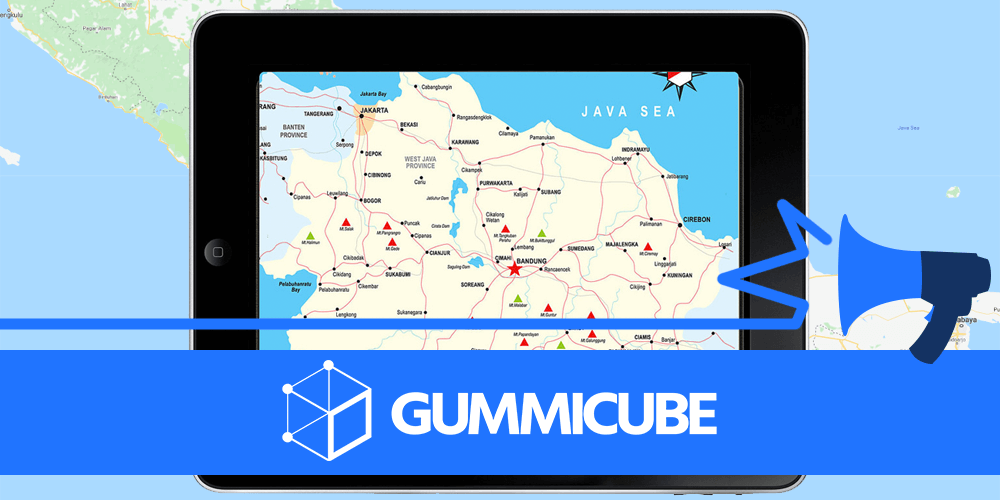
Posted on July 26th, 2018
Apple recently launched a new update for App Store Connect, which replaced iTunes Connect earlier this year. This update helps filter ratings by territories and saves filter settings for easier access, which will enable better regional responsiveness and localization. The App Store Connect update enables a territory filter for Ratings and Reviews, which defaults to “All Territories.” When users apply the filter, it will automatically save their settings, eliminating the need to reapply the filter each time they use it. The new filter will be useful for app developers looking to localize and address issues in specific territories. Localizing is essential for ASO – keywords, search trends and consumer behavior change from region to region, so being able to identify needs and issues by location will help target each region’s market. By sorting ratings by region, developers can identify what works and fails where. If an app is performing well in many regions except for one, this update will make it easier to identify what aspects of the app are falling short there. As the app market continues to go global, app developers must adjust their ASO strategies accordingly. Localizing apps means more than just translating the description and keywords into another language – there are entirely new demographics and consumer habits that must be taken into consideration. This means that each new region requires individual analysis and marketing, which is made easier by filtering reviews by location. According to our internal data, localizing an app can increase download rates by an average of 130% compared to its performance pre-localization. As such, it’s essential that an international app is not only localized to each region it’s released in, but also provides constant maintenance and updates for every one of them. On a similar note, being able to filter reviews will be particularly beneficial for reputation management. It’s vital that developers can respond to user queries and issues in a timely manner, so sorting by region can help locate problems that may be causing negative reviews in that location. This may be a simple matter of changing consumer trends in one region. It could also indicate a bug that only impacts a certain region’s version of the app, due to the language or devices used there. No matter what the cause, being able to identify this negative trend in the areas it impacts will help developers maintain a positive reputation among their users. It could also serve as a way to pinpoint issues for updates affecting certain territories. If you are noticing negative reviews after an update, the region filter can help you determine if the bug is occurring globally or can be narrowed down to a specific area. While this may seem like a minor update, the impact it can have on developers is not to be underestimated. Adding a location filter to Ratings and Reviews will be beneficial to both localization and reputation management, two key factors for successful App Store Optimization.
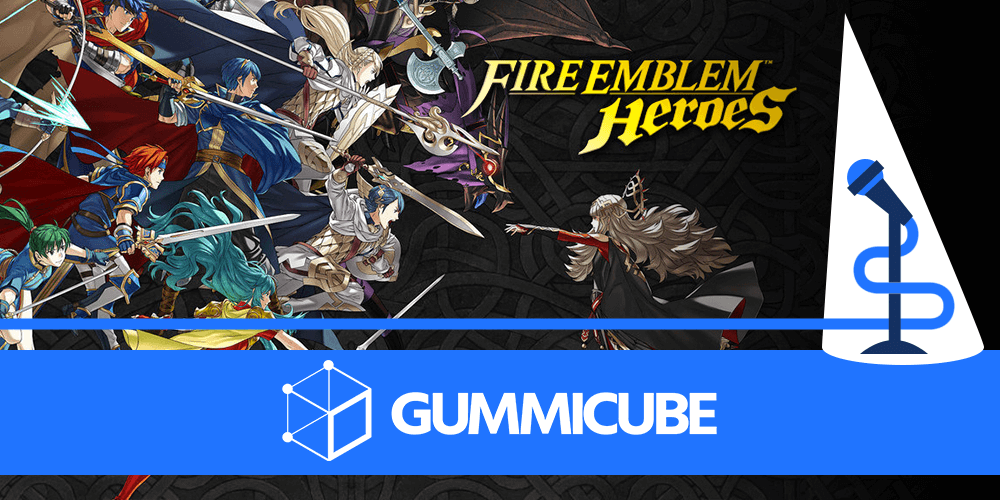
Posted on July 24th, 2018
Nintendo’s foray into the mobile space has had some ups and downs, starting with the short-lived Miitomo and progressing through more and more successful apps. One of its bigger hits is Fire Emblem Heroes, a mobile game that made $295 million in its first year alone. It instantly appealed to fans of the Fire Emblem franchise, but while that propelled it to success, is its App Store Optimization strategy helping it reach that height or hindering it from achieving even greater success? Brand name recognition can only take an app or mobile game so far. While anyone familiar with the Fire Emblem franchise will find and enjoy the app, it can’t and won’t reach players outside the existing fanbase without optimizing its ASO accordingly. Relevant and properly utilized metadata will help it reach potential users outside of current Fire Emblem fans, while creatives that appeal to users whether or not they know the franchise will help increase conversions. As it is now, Fire Emblem Heroes is an app for Fire Emblem fans and no one else.
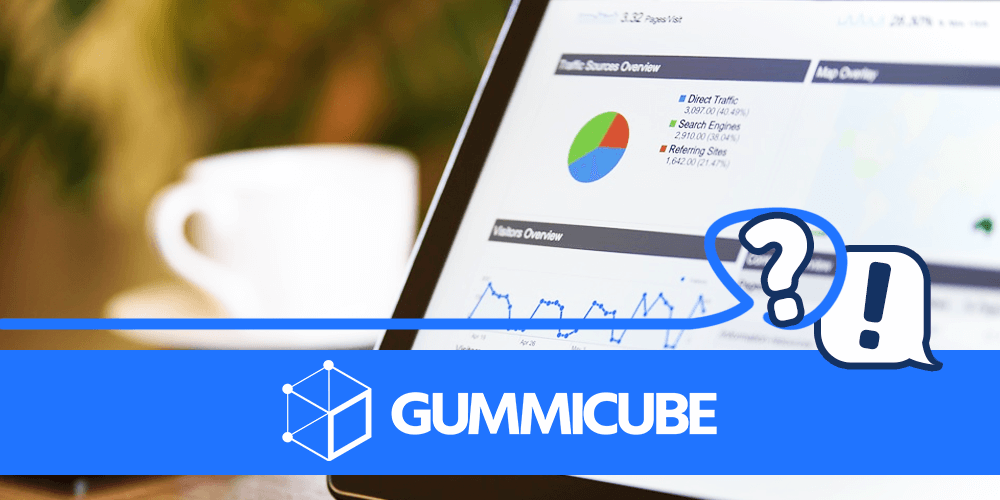
Posted on July 21st, 2018
We’re more than halfway through 2018, and the mobile market continues to grow and change. However, some trends have remained consistent and strong throughout the year. Near the end of 2017, we looked at new and growing trends. Now we’re looking at how they’ve affected today’s app ecosystem and if they’ve lasted. What are they, and how have they changed since the start of the year? App Store Optimization To call ASO a trend does little service to the importance of optimizing apps. Good ASO requires keeping up with all user trends and changes in the App Stores. There have been many changes to both the Apple App Store and Google Play Store, and the best practices for ASO have changed accordingly. Apple Search Ads now include creative sets, Google Play is testing the feature graphic
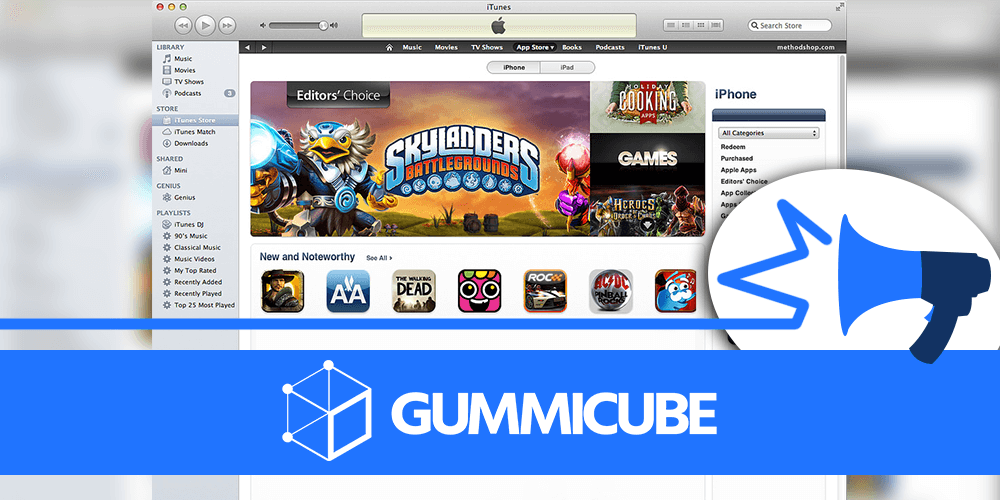
Posted on July 20th, 2018
Ten years ago, Apple launched its App Store and reshaped the way we use mobile devices. Suffice to say, the app ecosystem has changed significantly in that time, and the app economy is on track to be worth over 6 billion by 2021. With ten years behind us and an infinite future ahead, it’s time to look back and see how the world of apps has changed.

Posted on July 19th, 2018
Google has revealed a new tool for app creatives, allowing for adaptive launcher icons. With this, developers can set up their apps’ icons to display as square or circular images, better matching the device it’s being viewed on. Additionally, adaptive icons allows for new visual effects to capture users’ attention. By utilizing a foreground and background layer, it enables movement on the icon image. The adaptive icons will be available on all devices running Android Oreo, according to the device's settings.
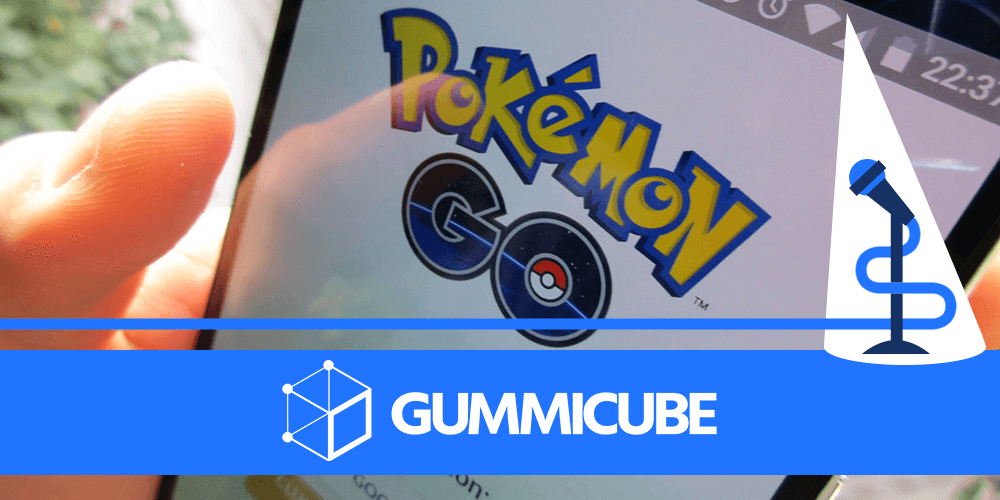
Posted on July 17th, 2018
Whenever anyone talks about apps that were massively successful from the launch, or apps that brought augmented reality into the mainstream, it’s safe to assume that Pokémon GO will be mentioned. Niantic’s killer app was an immediate success, bringing Pokémon into the real world with augmented reality, but even though the app is a household name, is it properly optimized for the app stores? Apple App Store One thing that Pokémon GO did well was update its creatives with screenshots showing off all the new features that users were demanding. A recent update added trading and a friends list feature, so two of the first three screenshots include those features. The screenshot before those properly demonstrates the app’s features by showing a rare Pokémon in augmented reality with the pokeball (an item used to capture Pokémon) ready to be thrown. Each screenshot shows off a different feature of the game, including gym battles, sending gifts and completing research tasks. There are even small touches to several of them, like the inclusion of rare Pokémon or scenic poke stops, that further demonstrate its value. However, with all of those features, it doesn’t include the overworld or trainer customization features, in spite of having space for two more screenshots. The screenshots could benefit from callout text. These would explain the gameplay and features to the users in a quick, concise manner, while integrating important keywords and explaining the game’s value. Without them, the features such as gyms or trading are not immediately clear to people who don’t already play. Additionally, many of the creatives seem focused on players who are already familiar with Pokémon. While the screenshots feature rare Pokémon such as Mew or a golden Magikarp, that means little to people unfamiliar with the franchise. While those do appeal to longtime fans, they make it harder to bring in new users, especially without a call to action explaining why they should care about those. While the creatives are quite good, save for the lack of callout text, the description is very bulky on iOS. While it does properly call out each feature, include important keywords and mention the awards it earned, each section forms a large block of text. Even the headers take up a few lines, and without bullet points underneath them, they seem like another part of the paragraph. Google Play Store On the Google Play Store, Pokémon GO uses very similar descriptions and creatives. However, it does include more screenshots there, including the overworld map. It also includes an outdated screenshot from before the in-game gyms were revamped, which could be replaced with one showing a more recent feature. These screenshots could also benefit from callout text to better demonstrate the game’s features and value, because as with iOS, the images only stand on their own to players already familiar with the game, or at least with Pokémon. The creatives no longer feature a video, but considering the number of updates the game has gone through since its promotional videos were filmed, that is for the best, as it avoids presenting outdated information. Additionally, its previous video was part of its featured graphic, which Google Play is experimenting with not using on many devices. The description is written and formatted the same as the one for Apple, but it works much better on the Google Play Store. Here, larger paragraphs are acceptable, and the headers are more evident. With that said, the description could benefit from placing its keywords closer to the start of each line, so that Google’s algorithms can better identify them. As it is now, the algorithm would read it as targeting “join one of three teams” and “succeed in defeating it in battle” as key phrases before “catch Pokémon” in some sections.

Posted on July 14th, 2018
Summer Loss of Knowledge and Downloads We’re well into summer, and children are enjoying having several months free from school. “Summer learning loss” begins as kids grow complacent over the summer and forget 25-30 percent of what they learned during the school year. Parents want to make sure that their kids don’t forget their studies, and developers of educational apps want to help. However, as Google Trends shows, searches for “Education” and similar terms tend to steadily decline during the summer before returning for the new school year.
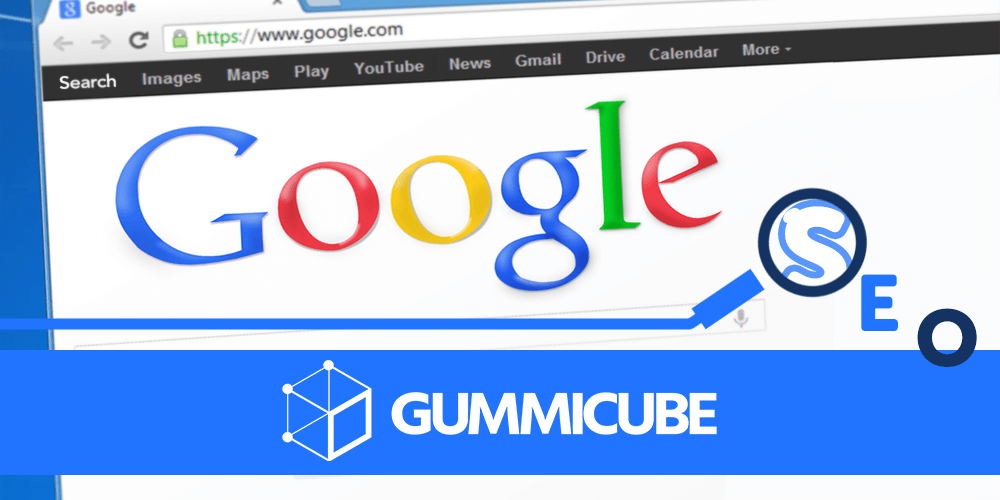
Posted on July 13th, 2018
On July 10, Google unveiled new marketing tools designed to help marketers create more effective ads. This will provide marketers with machine learning technology, so that they can create more responsive search ads, maximize performance and better reach their revenue goals. Google’s announcement includes four new products:
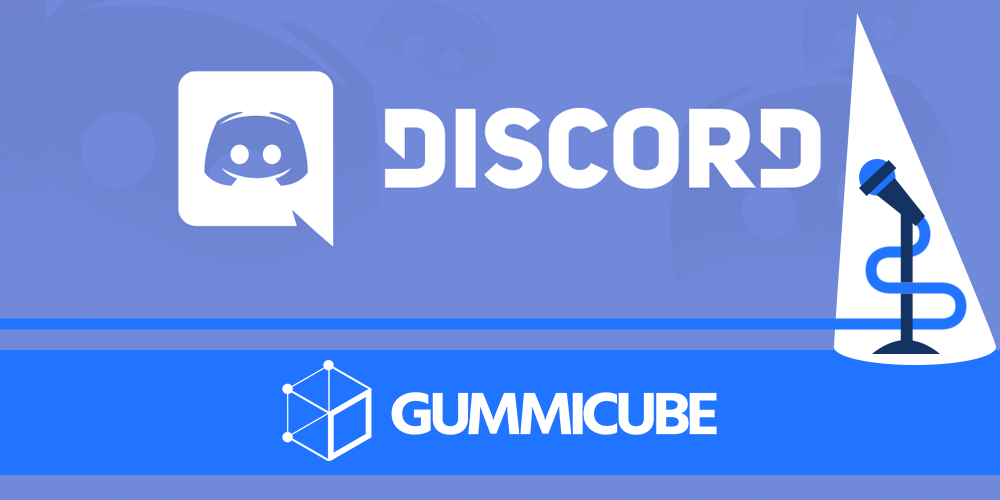
Posted on July 12th, 2018
While the app ecosystem is a competitive one, there are many apps that manage to thrive and become hit successes. However, just because an app ranks well doesn’t there’s no room to improve, as even the most successful of apps can still benefit from ASO. In our App Store Spotlight series, we’ll look at hit apps and see where their App Store Optimization strategy succeeds or fails. Gamers that are into chatting and social networking have probably heard of an app called Discord, which they can use to easily communicate among their friends. While its primary audience is gamers, it is seeing use beyond gaming alone and is used as a communication tool for all sorts of needs. While it is seeing success with multiple audiences, is its ASO strategy optimized? iOS On the Apple App Store, Discord ranks as the #11 app in Social Networking. With over 232,000 ratings at 4.8 stars out of 5, it has achieved remarkable success. However, it can still stand to improve its ASO in a few areas. The screenshots it features do a good job at demonstrating the app’s features and highlighting them with callout text that includes relevant keywords. While the dark colors used throughout the screenshots match, they do tend to make the in-app images difficult to comprehend, although the white text does stand out. Additionally, Discord opts not to include a preview video. This is a missed opportunity, as videos are key for showing off an app’s features while it’s in action. A well-made preview video can increase an app’s conversion rate up to 25%, although a poorly-made video can be equally detrimental. A preview video can demonstrate a chat in action as players coordinate on their games or show how Discord supports gifs and videos. Without one, it’s missing out on converting more users and highlighting its app’s core features. The description, furthermore, is flawed from an ASO standpoint. The introduction is a single paragraph of multiple lines, creating a large block of text for anyone viewing it on their mobile devices. The list of features is properly bulleted, but it’s all put into a single lengthy list, where it could instead call out its features and their benefits individually. With that said, it does include important keywords and features throughout its description, so the content is solid even though the formatting needs improvement.
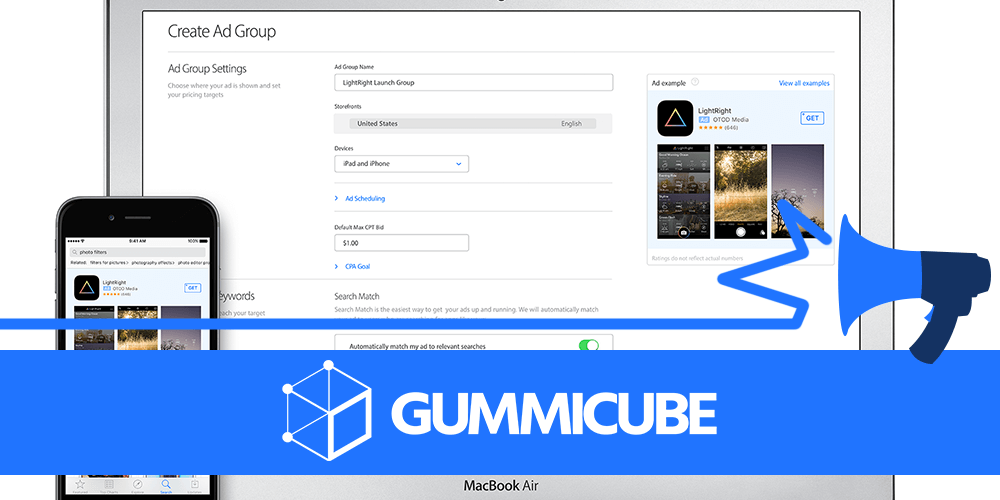
Posted on July 7th, 2018
Apple Search Ads has proven itself indispensable to app developers, helping them find greater visibility and relevancy for their ads. It’s a success for both Apple and developers, with conversion rates holding at around 50 percent and a cost per acquisition that’s below $1.50. Additionally, the tech company recently added creative sets to help developers target more niche audiences and keywords. With Apple adding new features to the Search Ads platform, it’s a wonder why it’s limited to only a handful of storefronts. Recently, Apple announced that the Search Ads advertising service will be expanded to encompass more countries, further extending its reach to worldwide app markets.













